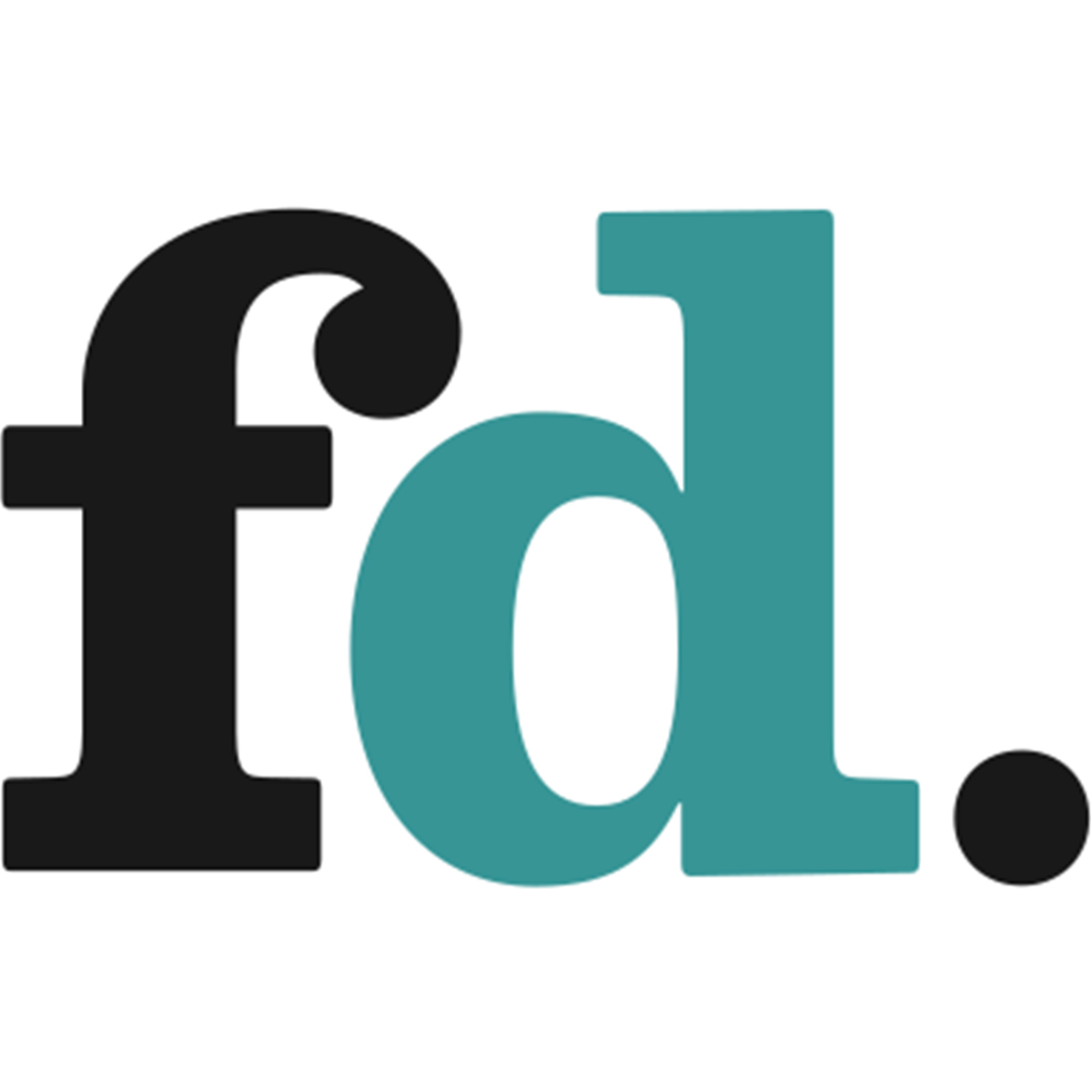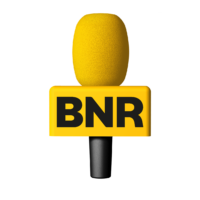- 23 Nov 2022
The new way of listening: new audiences and new opportunities
Survey of BNR listeners in the Netherlands and their media habits
The world of radio is being transformed. New media, new technologies and new channels are creating new opportunities for listening at new and different times. To keep pace with these changes, it is essential that we also continue to listen to our listeners.

In the wake of the National Listening Survey (Nationaal Luister Onderzoek, NLO), FD Mediagroep decided to join forces with Motivaction and conduct further research into BNR listeners in the Netherlands and their use of media.
More digital than analogue by 2024
The new survey focused primarily on YouTube, podcasts, live radio and radio on demand. Our aim was to discover how our target audience listens to these channels. It revealed that people are increasingly listening digitally. In January 2022, digital listening had already increased by 5% compared to August 2021. If that trend continues, digital listening will outperform analogue by the spring of 2024.
In other words, the digital transformation is happening now. The result is not only a new and younger target audience, but also new opportunities to reach out to listeners. Of course, that also means very interesting opportunities for advertisers.
- The listener takes control of the dial
The move towards digital saw rapid acceleration during the pandemic. As people worked from home, peak listening during rush hour disappeared and was replaced by much more listening during the day. Thanks to the availability of recordings and (online) live radio programmes, there was also more listener content available. In terms of BNR content, this primarily meant podcasts and YouTube videos. The way in which people listen has also changed. Alongside traditional radio, listeners are increasingly turning to their smartphones, tablets and laptops.
Moreover, each type of content attracts its own specific listeners. Depending on the way in which the content is distributed (which platform and time), each type of content attracts different types of listeners.
- Prime-time advertising less important
Currently, 67% of the BNR audience listens live and analogue, generally when on the move. But on-demand listeners also consume radio when on the move or at totally different times. On the train, while cycling…they listen to podcasts everywhere, even at the gym or before going to sleep. This means that advertisers have many more opportunities to reach listeners in their private moments.
Besides this, advertising outside prime time is significantly cheaper. And the new types of advertising – podcast sponsoring, for example – feel much less intrusive. In addition, podcast advertising enables brands to target the interests of listeners more effectively.
- A new, younger target audience
One third of BNR listeners are now listening digitally. To podcasts, video and audio on demand. In other words, a younger target audience has discovered BNR, significantly expanding our overall target audience. This means that digital audio enables you as an advertiser to massively increase the reach of your traditional radio campaign. Some 10% of the total BNR audience listen to podcasts only, which means digital is the only way of reaching that group.
- A target audience that listens increasingly attentively
A total of 36% of on-demand listeners use earplugs or headphones, which means they pay much more attention to the content. This is despite the fact that the BNR target audience were already known to be attentive listeners. Previous research revealed that 78% of BNR listeners listen very attentively, more than is the case for any other radio station.
In conclusion
The classic radio spot ad continues to be effective. But as the world becomes increasingly digital, you cannot afford to exclude digital audio from your marketing mix. This new form of advertising enables you to reach new target audiences and reach existing audiences even more effectively.
About the survey
The research was conducted to provide advertisers with valuable data and to provide insights into the listening behavior of their target audience. Motivaction surveyed n=1,300 listeners online BNR Nieuwsradio aged 18-67. This gave the size and mutual overlap of these listening groups for eight different forms of listening to BNR Nieuwsradio (FM during the day, FM repeat in the evening, live stream, DAB+, audio on demand, podcast, Spotify and YouTube). Furthermore, the eight forms of listening were compared on background data of the listeners, listening time, listening frequency, listening method (with or without an earpiece), the location, the perception of the content and the listening attention.
Sources: Nationaal Luister Onderzoek (NLO), Motivaction, Brand Metrics, Triton, Google Analytics

Want to stay informed about the latest news?
New cases, great propositions and new insights. Subscribe to the FDMG newsletter and receive all the latest news directly in your inbox.




